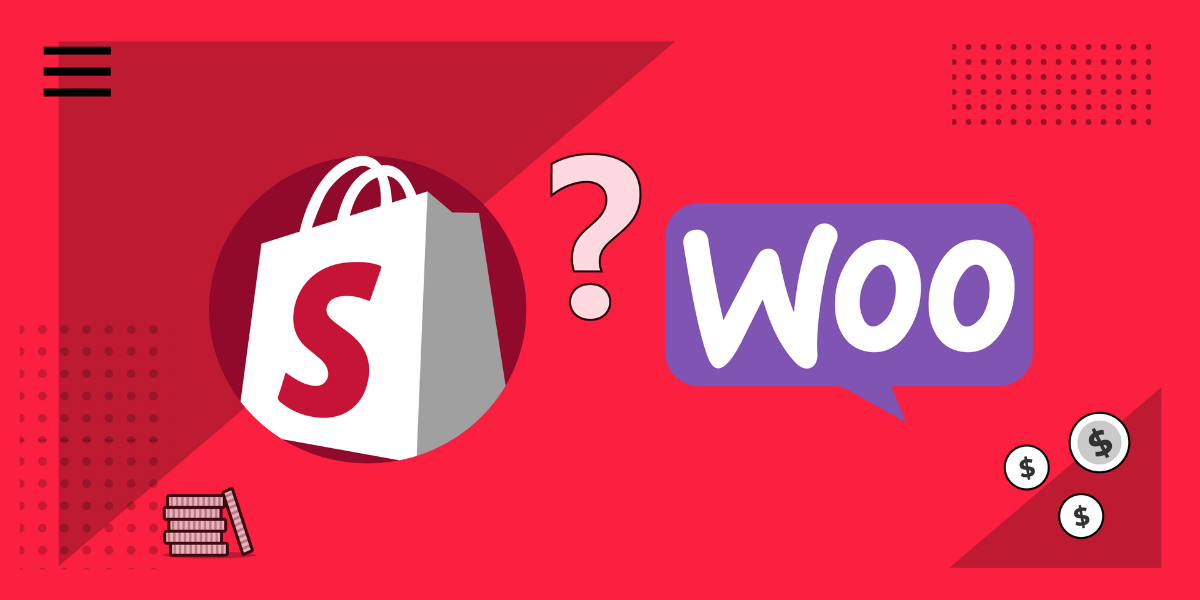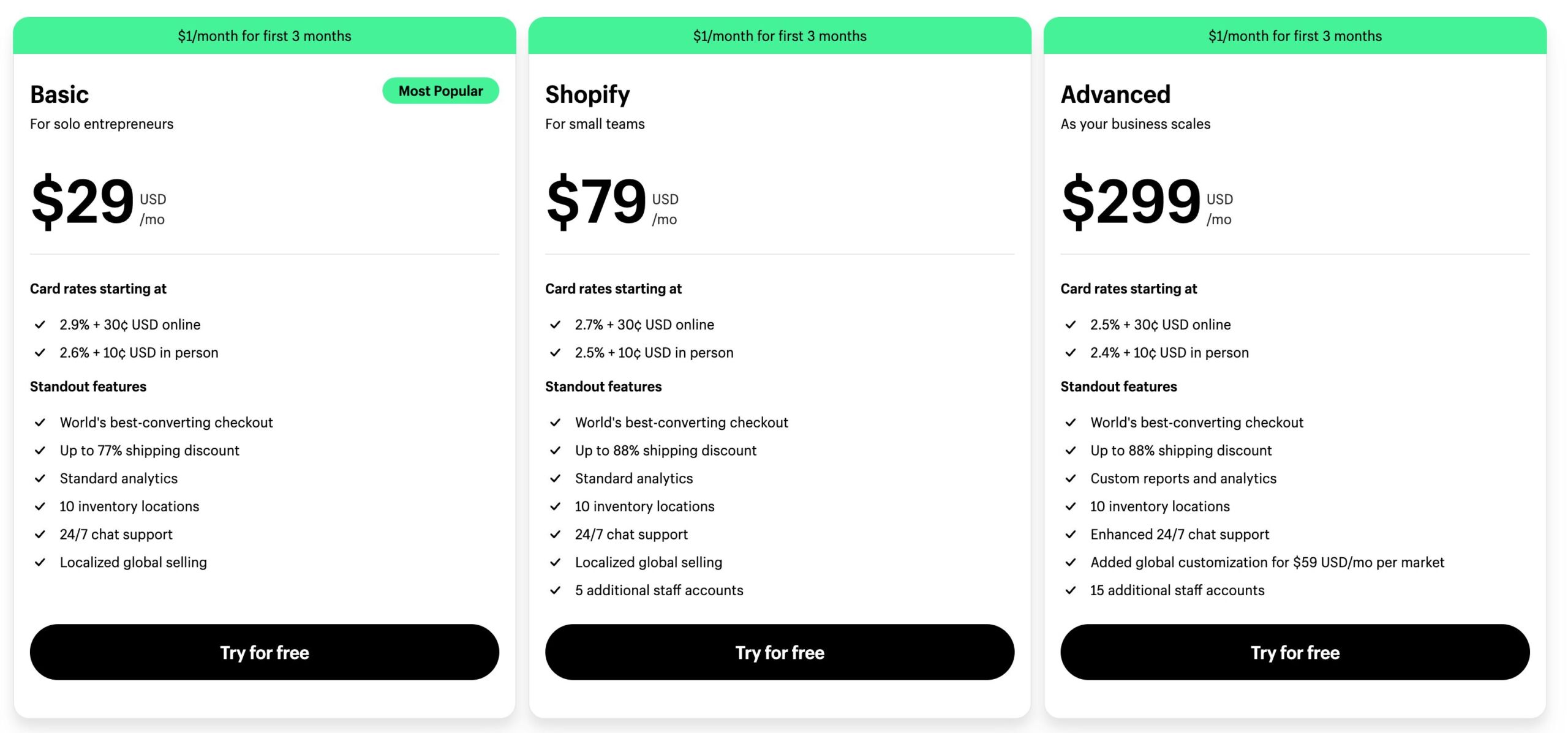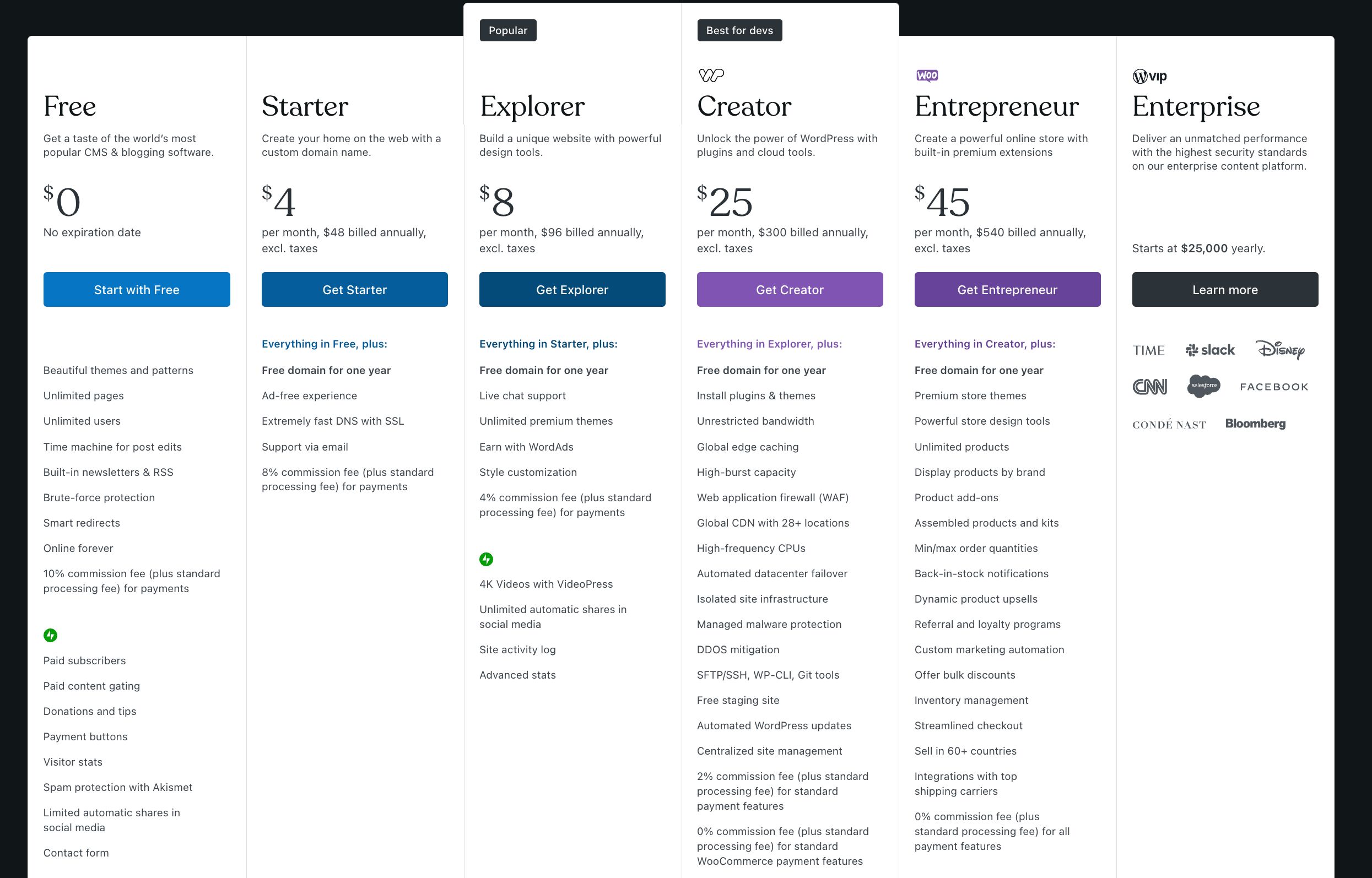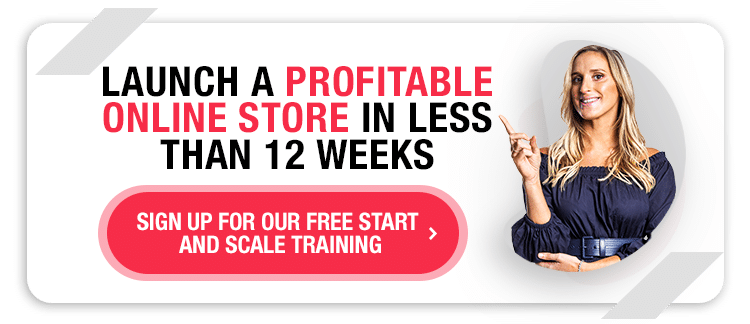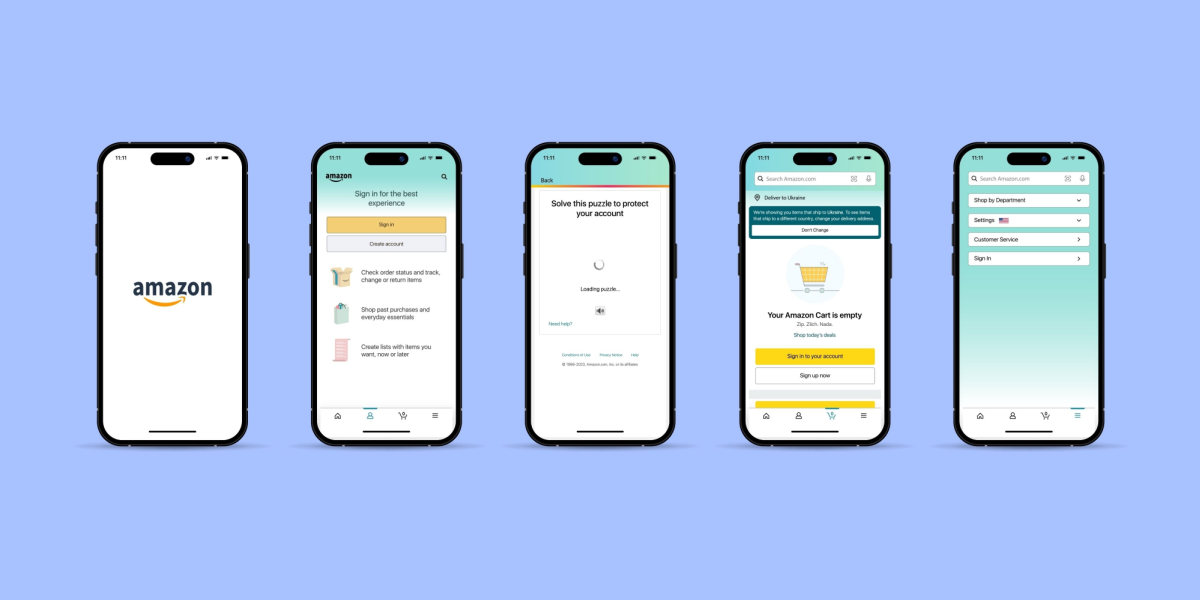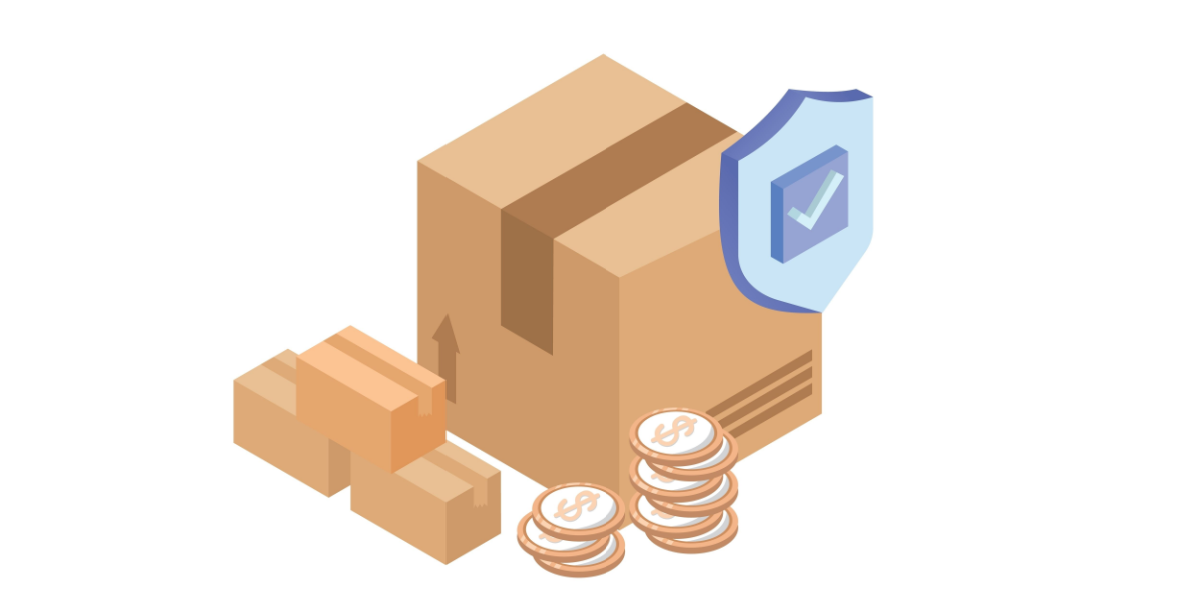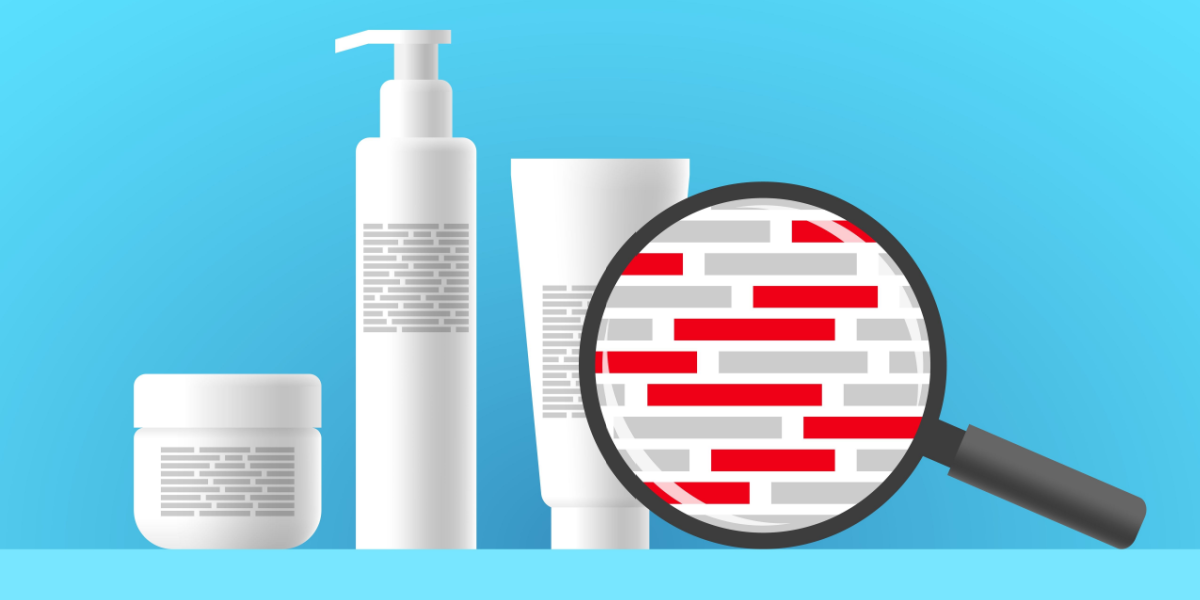WooCommerce or Shopify: which platform is better for building your ecommerce store?
When it comes to launching your online store, one of the most overwhelming moments can be choosing the right platform. All the forums and community discussions have different advice, you then have one friend who tells you that Shopify is the way to go, while another says that you must use WooCommerce. There’s a discussion about the right apps, plugins, SEO, and dropshipping – it’s no wonder you’re getting confused.
The ecommerce space is growing bigger every day, so it’s only natural to feel a little concerned that you might not be keeping pace. When there are a million different suggestions on which platform to go with for your online store, it’s difficult to cut through the noise to find out which one is right for you.
As always, Foundr is here to help!
We’ve decided to perform our own independent investigation into two of the biggest ecommerce platforms on the market: Shopify and WooCommerce. We want to show you all the pros and cons of both platforms, outline costs upfront, and give you all the tools you need to make an informed decision.
Before we do a deep dive into the pros and cons of both platforms for ecommerce, let’s first have a look at each platform in itself. Both platforms are titans in the web-building space but each caters to different needs and types of businesses.
What Is Shopify?
Shopify is a subscription-based software that allows you to set up an online store and sell your products. It has three core plans to suit different levels of ecommerce traffic, as well as Shopify Plus. If you have a physical store, Shopify also allows you to sell in person using Shopify POS.
Don’t Skip: BigCommerce vs Shopify
How Much Does Shopify Cost?
Shopify offers three main plans and two add on plans.
- Basic: $39 a month
- Shopify: $105 a month
- Advanced: $399 a month
- In-Person Retail Add-On: $89 a month
- Shopify Plus: $2,300 a month
Shopify Main Plans
Shopify offers three main plans: Basic, Shopify, and Advanced.
The Shopify plan is ideal for smaller ecommerce brands. You’ll get your online store, five staff accounts, 24/7 support, and shipping discounts. Basic doesn’t include professional reports, report building, third-party shipping estimates, or international domains.
There is a comprehensive table comparing the different payment plans listed on the Shopify payment page. Be sure to see if any features are a necessity for your budding store, but top-level advice is to go with the Basic plan as a starter.
What Is Shopify Plus?
Shopify Plus has been designed to cater to large-scale businesses with high levels of traffic. If a website experiences a huge surge of traffic that it can’t support, it can slow down to excruciating speeds or even crash completely, leaving your customers unhappy.
Activewear brand GymShark learned this the hard way when their choice of platform, Magento, couldn’t handle huge traffic surges during Black Friday sales in 2015. The GymShark website crashed for just over 8 hours during what would have been one of the most profitable weekends of the year. GymShark lost an estimated $143K in sales —and the downtime also “cost the company the trust it had spent years earning from customers expecting a great experience.”

If there’s one thing that large-scale ecommerce businesses rely on, it’s a platform that can withstand big spikes in traffic—and that’s where Shopify Plus delivers. Shopify Plus withstood over 200,000 people simultaneously flooding the Kylie Cosmetics site during a New York pop-up event.
If you’re just starting, you might not have enough traffic to justify the cost for Shopify Plus, but it’s a good scaling option for when you start seeing huge traffic spikes.
What Is Shopify POS?
Shopify POS (Point of Sale) is an application that allows you to sell products in person at a physical store, trade show, pop-up shop, or other events. You can accept payments with your iPhone, iPad, or Android device using the POS app.
What Is WooCommerce?
WordPress is by far one of the most popular domains on the internet and a favorite blogging platform for many, with its very own ecommerce arm called WooCommerce.
WordPress.com is a content management system (CMS) that helps you build a website using WordPress software. WordPress.org is the software itself, and you use this software to build and maintain your own independently-hosted website.
Confused already? Don’t worry, WordPress.com has a handy way to remember which is which:
“WordPress.org helps users build a site that’s ‘organically yours’, as you’re creating everything on your own. WordPress.com helps you build a site with a ‘community effort,’ as the team at WordPress.com will support you along the way.”
As for which platform to pick, that depends on what you need. If you want the freedom to build from scratch on your own, WordPress.org is the way to go. If you want to create a website easily and quickly, without the hassle of hosting or maintenance, WordPress.com is for you.
How Much Does WooCommerce Cost?
You can create a free account on WordPress.com, which is the overarching company running WooCommerce, with different paying tiers depending on what you need:
Powered by WooCommerce, the Entrepreneur plan contains themes that are custom-designed for online stores, and free and premium extensions.
You may prefer to pay for the Entrepreneur plan upfront, but it depends on what you need for your online store. When compared to the Free or Creator plans, you may be paying for tools you don’t need to use.
For example, if you don’t need shipping carriers or international payment options, you could drop down to the Starter or Creator plan and instead use plugins. Most plugins, including WooCommerce, are freemium depending on your needs.
How to Build An Online Store with WooCommerce
As we have touched on already, to use WordPress to launch your ecommerce website, you’ll need to install the WooCommerce plugin. While this may sound like a complicated process, think of it like you’re installing an app on your phone to stream your favorite music. Your phone is designed to play music, but you need to download and subscribe to Spotify, Apple Music, or your favorite streaming platform before you can listen to it.
WooCommerce is a free, open-source ecommerce plugin that has been built specifically for WordPress. It takes the WordPress operating system and expands its capabilities to allow you to create a fully functioning ecommerce store.
While WooCommerce is free, you’ll need to purchase your own domain and hosting. On the WooCommerce website, they have a handy guide to choosing the right domain and host depending on your budget.
WooCommerce works on all devices and has been designed to be “regular-person friendly,” which means you don’t need to be an expert developer to use it.
It adds all the essential features of a basic online store, such as payment options, product information, and shopping carts, as well as the ability to customize the look and feel of your store. You can experiment with shopping cart functionality and product displays and choose from multiple payment gateways.
For more specialized functionality, you can choose from free and premium WooCommerce extensions such as specific payment gateways, boosted security, and shopping cart management.
“With all that said, why do I need a WordPress account? Why can’t I just get WooCommerce?”
Great question. WooCommerce works specifically with WordPress websites, so it is impossible to use the plugin without the original site.
Which Platform Has Better Themes and Templates?
Themes and templates dictate how your online store is going to look and feel. Both WordPress and Shopify have different themes and templates that can suit any style or user experience you want for your brand.
When it comes to building and setting up your store, Shopify is generally the quicker option. Offering themes with easy-to-use interfaces, you can choose between 12 free themes or 168 premium themes. The theme store allows you to browse, sort by category, and preview all the themes so you can see what your account will look like.
However, WordPress and WooCommerce towers over Shopify in sheer numbers when it comes to templates and themes. We are talking about tens of thousands of both paid and free themes across the web, giving you a huge range to choose from. WordPress has more than 20,000 themes alone.
Almost all WordPress themes will allow for further customization using a little basic coding knowledge, and most of them only require drag-and-drop to add different elements onto the page.
Another place where you can source themes and templates is ThemeForest. With over 1,300 themes dedicated to WordPress and WooCommerce and prices to suit every budget (even free!), you’ll find something to suit any business. We suggest reading customer reviews to ensure that the theme you download is safe, secure, and compatible with your WordPress needs.
What Ecommerce Tools and Features Do Shopify and WooCommerce Offer?
Tools and features are the foundations of your ecommerce store. They’ll be instrumental not only in helping you sell your products but also in marketing and targeting.
Both WooCommerce and Shopify offer different apps and plugins that can extend the functionality of your online store. There are literally thousands of different tools available to suit every ecommerce need.
Shopify has its very own in-house ecommerce tools, including marketing, inventory, shipping, and analytical tools—but these tools will only give you minimal metrics. If you want to go into more depth with your ecommerce store, you’ll need the Shopify App Store.
The Shopify App Store boasts a collection of thousands free and premium apps. Some of the more popular ecommerce apps include:
- Plugin SEO Optimizer: a freemium app that helps to better optimize your organic traffic (more on that later)
- Product Reviews: an SEO-friendly product review app that collects and organizes customer reviews
- Keep Cart: an abandoned cart app that can help you retarget lost customers
WordPress takes a slightly different angle, requiring third-party plugins, namely WooCommerce, to make your site an e-commerce store.
One of the reasons that WordPress grew to be one of the most popular website builders on the internet is the plugin ecosystem that flourished alongside it, with over 58,000 plugins available.
Plugins for your site can be found in the WordPress Plugin Directory. The plugins you’ll find are thoroughly tested and considered safe to use but always crosscheck customer reviews and developer notes to make sure you’re choosing a plugin that suits your needs.
An alternative way to install plugins is from the WordPress admin panel under “Plugins.” You can use the search bar to browse the directory, upload a plugin, and install it directly to your site. As a side note, WordPress will send a little alert on your dashboard if a developer has updated the plugin.
Payment Options and Transaction Fees
Offering your customers a variety of payment options is critical in ecommerce.
If your customer had made it all the way down the sales funnel, decided to pay for your products, entered their information, and is then suddenly greeted by no option to pay, they’re not going to hang around on your page for very long. The best thing you can do is offer a variety of payment methods.
Shopify supports over 100 different payment methods, including PayPal, AmazonPay, Apple Pay, and Shopify Payment. On the FAQs page, Shopify also advises you to consider accepting “alternative methods of payment like cryptocurrency”.
Shopify Payments is a good option if you want to avoid transaction fees. If you sell something subscription-based, you must use Shopify Payments as your primary payment gateway.
Which Ecommerce Platform Is Better for SEO?
SEO, or Search Engine Optimization, is how you make your online store more visible on the search engine results pages. The more visible your store is, the more customers are likely to visit, engage, and hopefully purchase from you.
For WooCommerce, you can get SEO support via a different WordPress plugin.
There are plenty of options on the market for an SEO plugin. At Foundr, we use Yoast as it works best for our business, but another option is the All In One SEO plugin.
Yoast will allow you to enter the keyword you’d like your post or page to rank for in the search results, and then guide you to optimize for it.
Yoast offers a free plan that will allow you to set 1 focus keyword or phrase, which means you have to choose exactly what you want to optimize for. For $89 a year, you can get Yoast SEO Premium, which allows you to add more keywords. This means that if you want to optimize for “mugs”, you can also target “cutlery”, which allows you to reach a larger audience.
Yoast also offers a WooCommerce SEO plugin that has been designed specifically to work with WooCommerce, along with a variety of bundle packs that can help elevate your WooCommerce game. These plugins can get a little pricey, so be sure they are suited to current traffic.
Shopify has a decent range of inbuilt SEO tools. It covers all the essentials, such as meta titles, custom URLs, and canonical tags, which help to prevent duplicate content from appearing in search results.
However, Shopify’s SEO capabilities are notoriously limited in comparison to available apps and plugins. Interestingly, Shopify doesn’t offer much in the way of keyword support, which can leave some entrepreneurs a little frustrated.
Rory Boyle from Hampers With Bite is someone with extensive experience on multiple ecommerce platforms including Shopify and WooCommerce. After performing some independent research and tests on SEO rankings, he found that there was a 10-15% drop in ranking when using Shopify’s inbuilt tools. “SEO doesn’t matter as much if you’re in a niche, but if you’re looking to rank in a competitive space like insurance, then you don’t want to be inhibited by the platform,” he says.
Again, it depends on what you’re looking to get out of your ecommerce platform. If you plan to rely heavily on SEO, you may have to put in more effort to get the desired results from Shopify alone.
Customer Help and Support
Unless you’re a natural with technology, chances are you’ll run into a small tech issue down the road that will leave you feeling confused. There’s a reason that developers across the world are constantly upskilling and training when it comes to the internet: it changes quickly, and there are a lot of moving parts.
For that reason, a big selling point for a lot of platforms and providers is their customer support system. Here at Foundr, we have a dedicated team of highly-trained and experienced customer support specialists on hand 24/7 to ensure that our users and students are never left out in the cold.
Shopify has an efficient and easy-to-use customer help team in place, including live chat and a call-back system. Their FAQ articles and tech support forums are pretty top-notch, as the platform has been designed with beginner users in mind.
WordPress also has excellent customer support. Their support forums are jam-packed filled with experienced developers and coders ready to discuss roadblocks or tech issues.
An issue that many people run into when operating on WordPress is a buggy third-party plugin. As these plugins are third-party, you’re relying on an external developer and customer service to help with any issues that pop up. Popular plugins like WooCommerce have excellent customer support and forums at the ready, but some small-scale developers or outdated plugins might have limited tech support when things go awry.
On the WordPress Plugin Directory, you’ll see a column to the right side of the page outlining reviews, resolved issues, and support forums. If there is a high level of unresolved issues on a plugin, you may need to rethink your plugin.
Keep Learning: How to Set Up a Shopify Store in 8 Easy Steps
Get Help Choosing an Ecommerce Platform
Choosing the right platform for your ecommerce store can feel like a daunting task at first. It’s not just about what features are best for your business but also how easy the platform is to maintain long-term.
Both Shopify and WooCommerce are great options for any entrepreneur looking to build an online store and, ultimately, the choice comes down to what works best for you.
Each platform offers incredible technical support, a variety of plugins and apps that can enhance customer experience, and a wide choice of themes and templates that express the essence of your brand.
As a top-level suggestion, Shopify is a great choice if you’re looking for a simple ecommerce platform that can create your site in just a few minutes. If you’re an ecommerce beginner, you’ll love the simplicity of this platform.
For those looking for a more flexible ecommerce platform that allows for a more dynamic design, then WooCommerce might be your choice. It’s a subjective choice and there is no clear answer on what platform is best for you. Do as much research as you can and don’t be afraid to change it up if the platform you use isn’t right for you.
—
This article was updated with support from Graeme Whiles.
